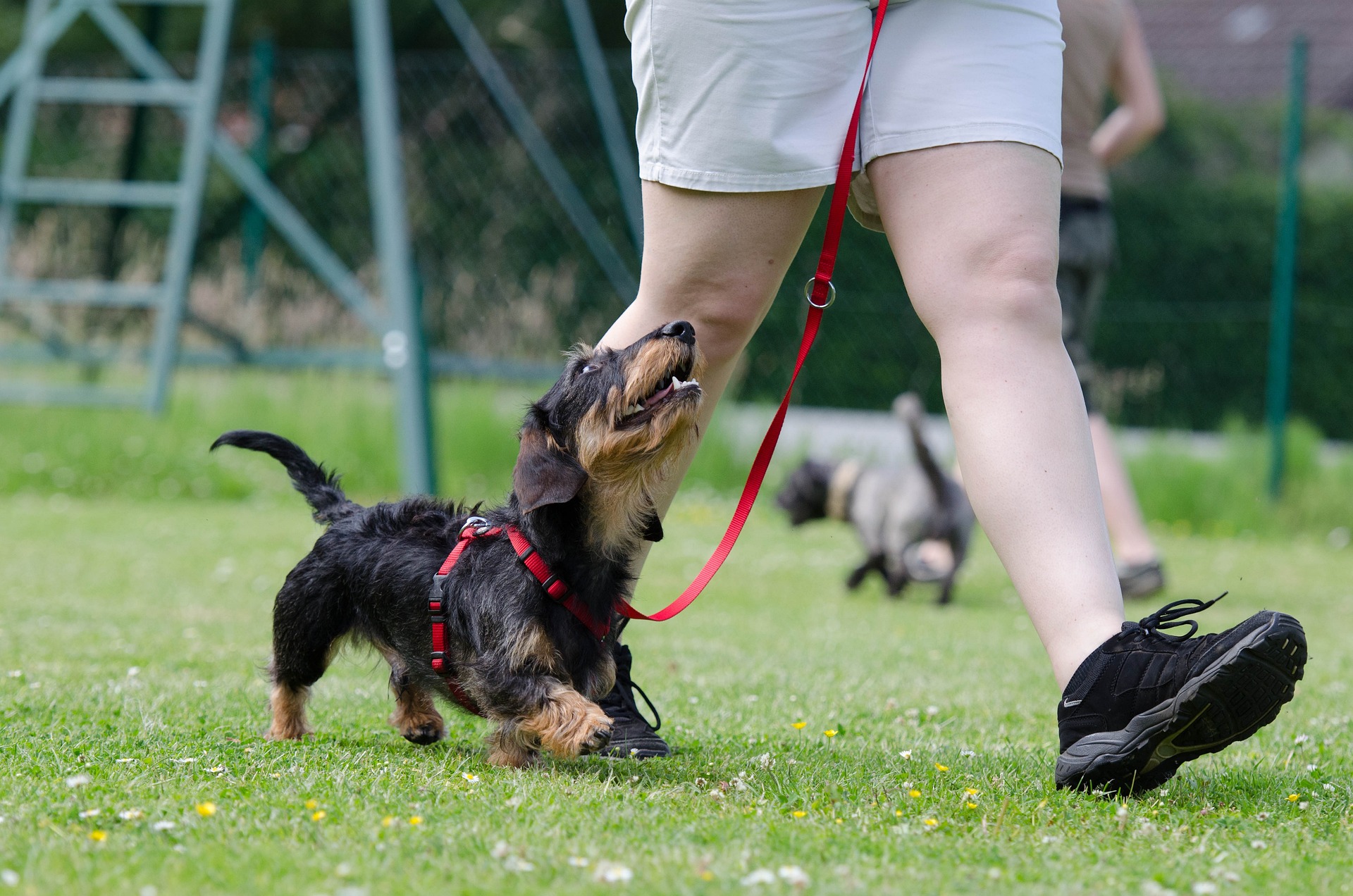How Pets Encourage Daily Exercise
Pets have long been cherished companions, providing emotional support, joy, and a sense of responsibility to their owners. Beyond these benefits, pets also play a significant role in encouraging their owners to engage in regular physical activity. In the fast-paced, technology-driven world of 2025, where sedentary lifestyles are becoming increasingly common, pets offer a natural, enjoyable motivation to stay active. This article explores how having a pet can promote daily exercise, the types of physical activity encouraged by different pets, and the overall health benefits associated with pet-related exercise.

The Natural Motivation Behind Pet-Induced Exercise
One of the primary reasons pets encourage daily exercise is the natural routine and responsibility they bring. Dogs, in particular, require regular walks, which create a structured opportunity for owners to engage in physical activity. Unlike other forms of exercise that people might skip due to lack of motivation, walking a dog becomes a non-negotiable part of the day.
In 2025, with the rise of remote work and digital entertainment, many individuals find themselves sitting for prolonged periods. Pets provide a much-needed reason to break from the screen and get moving. The anticipation of a walk or playtime acts as positive reinforcement, helping owners develop a consistent exercise habit.
Moreover, pets have an intuitive ability to sense their owner’s mood and energy levels. When owners feel lethargic or stressed, pets often become more playful or insistent on going outside. This gentle encouragement can help overcome mental barriers to exercise, making physical activity feel less like a chore and more like an enjoyable bonding experience.
Types of Exercise Encouraged by Different Pets
While dogs are the most common pets associated with increased physical activity, other animals can also encourage movement in unique ways. Understanding the different types of exercise encouraged by various pets helps highlight the broad benefits of pet ownership.
Dogs: Walking, Running, and Active Play
Dogs are perhaps the most influential pets for increasing daily exercise. Depending on their breed, size, and energy level, dogs require varying amounts of physical activity, which can include walking, running, hiking, and active play such as fetch or agility exercises.
For instance, high-energy breeds like Border Collies or Labrador Retrievers often need vigorous exercise, pushing their owners to keep pace with their stamina. This can lead to longer walks, jogging sessions, or trips to dog parks where both pet and owner can engage in physical activity.
Even smaller or less active breeds benefit from daily walks, which promote cardiovascular health and aid in weight management. Additionally, the need to explore new routes or parks adds variety and interest to walking routines, preventing exercise monotony.
Cats: Encouraging Play and Light Movement
Cats, though less associated with outdoor exercise, still provide physical activity through interactive play sessions. Using toys such as laser pointers, feather wands, or balls, owners can engage cats in short bursts of vigorous movement.
While this form of exercise might not be as intense as dog walking, it encourages owners to get up, move around, and participate actively rather than remaining sedentary. Moreover, playing with cats often involves stretching, bending, and quick reflex movements, which contribute to overall physical activity.
Smaller Pets: Routine Care and Movement
Pets like rabbits, guinea pigs, or ferrets require daily handling, cage cleaning, and playtime outside their enclosures, which can encourage light physical activity. While these pets don’t necessitate long walks, the routine care involved requires owners to move around, bend, and engage physically in their care.
In addition, setting up play areas or obstacle courses for these smaller animals motivates owners to be creative and active, adding a gentle layer of movement to their daily lives.
Health Benefits of Pet-Driven Exercise
Regular physical activity is essential for maintaining good health, and pets are a powerful catalyst for achieving this. The health benefits of pet-driven exercise extend beyond physical fitness, positively impacting mental and emotional well-being as well.
Improved Cardiovascular Health
Walking or running with a dog increases heart rate and promotes cardiovascular fitness. Studies conducted up to 2025 continue to show that dog owners who engage in regular walking have lower blood pressure, reduced cholesterol levels, and decreased risk of heart disease compared to non-pet owners.
Weight Management and Muscle Tone
Pets encourage consistent movement, which helps in burning calories and maintaining a healthy weight. Active play and walking strengthen muscles, improve joint flexibility, and enhance overall physical endurance. This is particularly beneficial for older adults who may find traditional exercise routines daunting.
Mental Health and Stress Reduction
Exercise releases endorphins, the body’s natural mood elevators. When combined with the companionship and unconditional love of a pet, this effect is amplified. Regular physical activity with pets can reduce symptoms of anxiety, depression, and loneliness. The routine of caring for and exercising pets also provides structure and purpose, which are crucial for mental well-being.
Social Interaction and Community Engagement
Walking a dog often leads to increased social interaction. Dog parks, neighborhood walks, and pet training classes provide opportunities to meet other pet owners, fostering a sense of community and belonging. This social engagement further motivates regular exercise and contributes positively to overall happiness.
Tips for Maximizing Exercise with Your Pet
To fully harness the exercise benefits pets offer, owners can implement several strategies:
- Set a Routine: Establish regular walk times or play sessions to build consistency.
- Vary Activities: Incorporate different types of exercise, such as hiking, swimming, or agility training, to keep things interesting.
- Use Technology: In 2025, pet owners can utilize apps and wearable devices to track activity levels for both themselves and their pets.
- Safety First: Ensure pets are healthy and fit for exercise, and use proper equipment like leashes and harnesses.
- Listen to Your Pet: Tailor the intensity and duration of exercise to your pet’s age and breed to prevent overexertion.
Conclusion
In 2025, as lifestyles become increasingly sedentary, pets remain a steadfast source of motivation for daily physical activity. From invigorating dog walks to playful cat interactions, pets encourage owners to move more, improve health, and foster emotional well-being. By embracing the exercise opportunities that come with pet ownership, individuals can enhance their quality of life while deepening the special bond they share with their furry, feathered, or scaled companions. Whether you are a seasoned pet owner or considering adopting a pet, remember that these loyal friends are not just companions—they are also powerful partners in your journey toward a healthier, more active lifestyle.
Disclaimer: All content, including text, graphics, images and information, contained on or available through this web site is for general information purposes only. The information and materials contained in these pages and the terms, conditions and descriptions that appear, are subject to change without notice.




